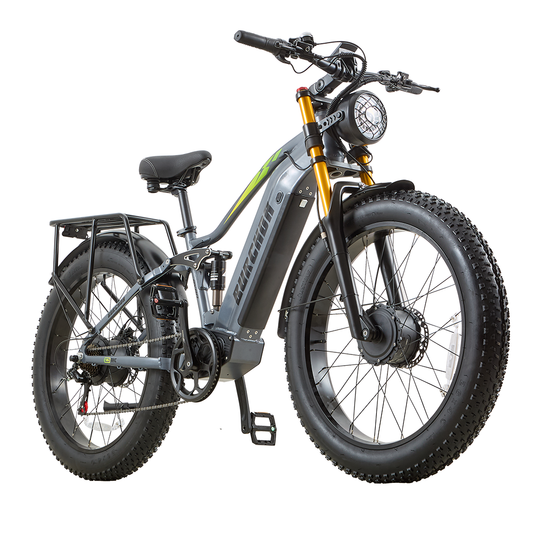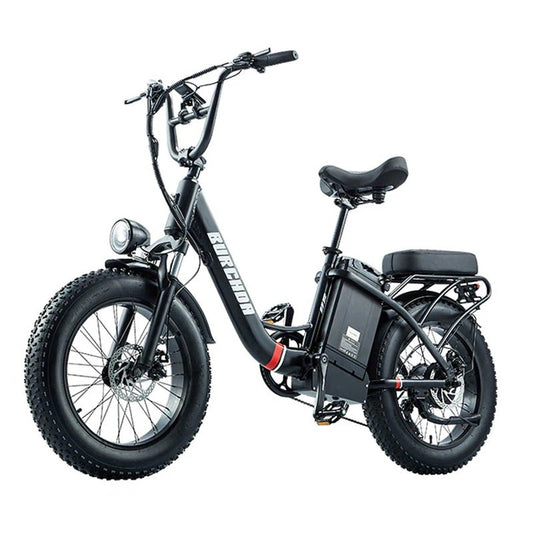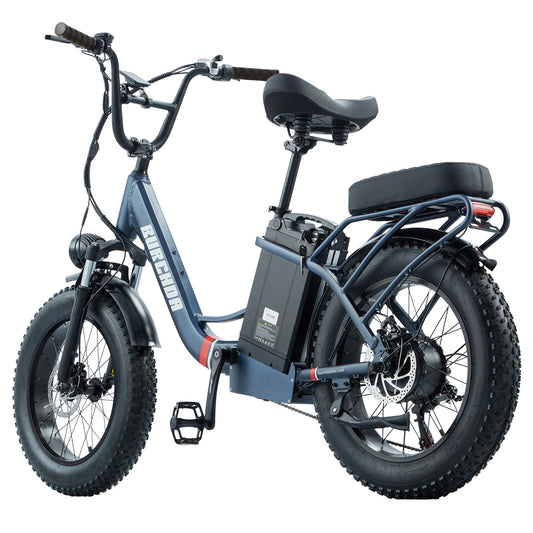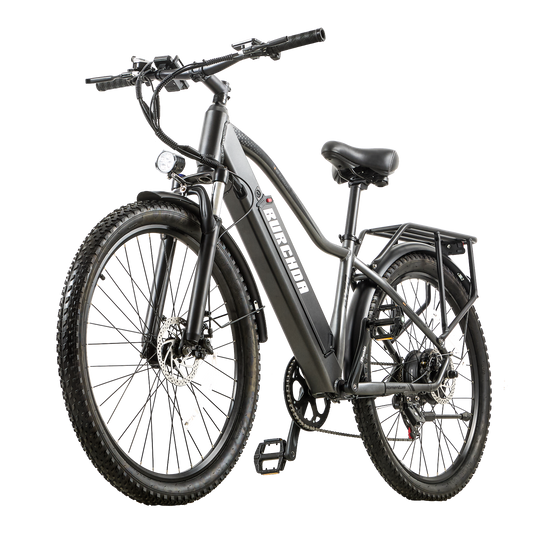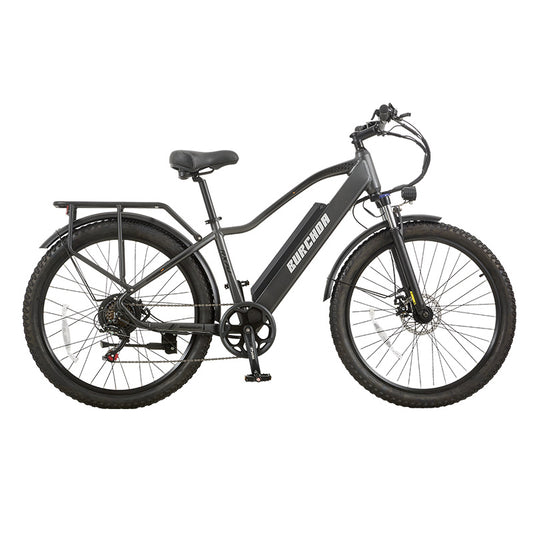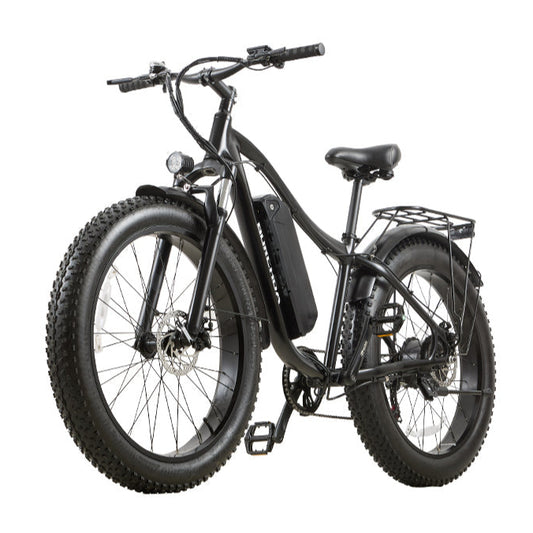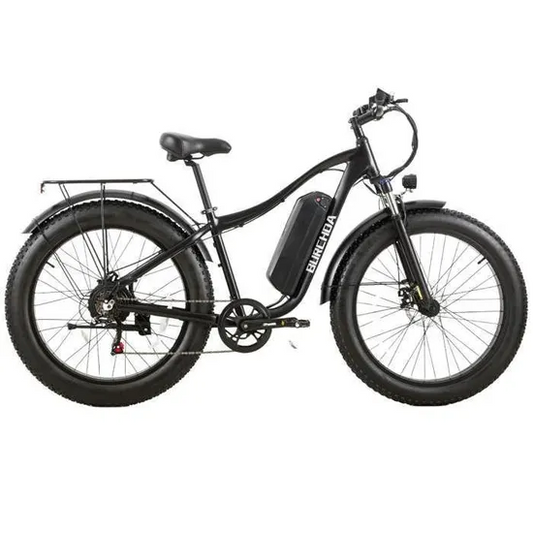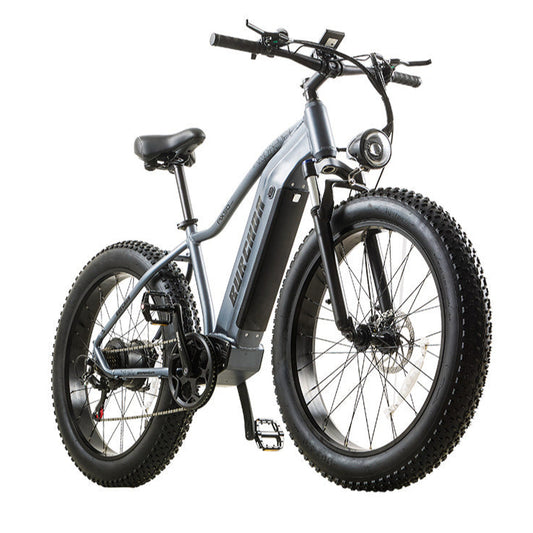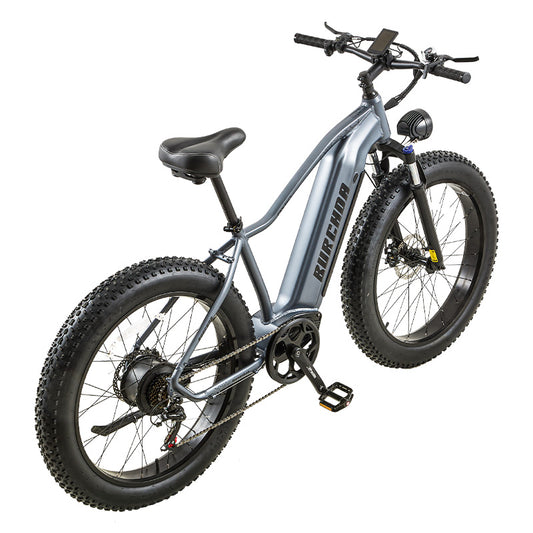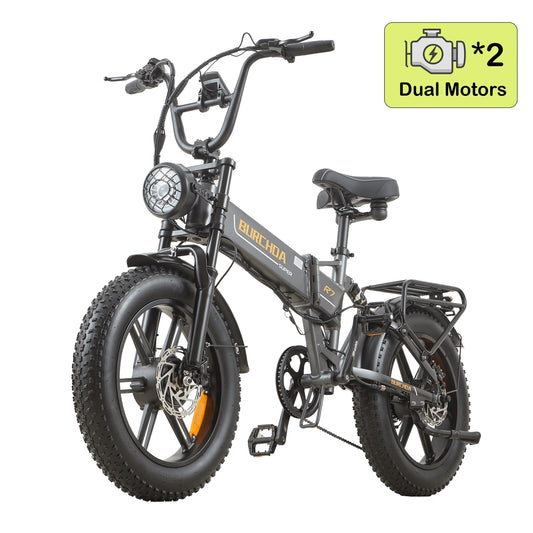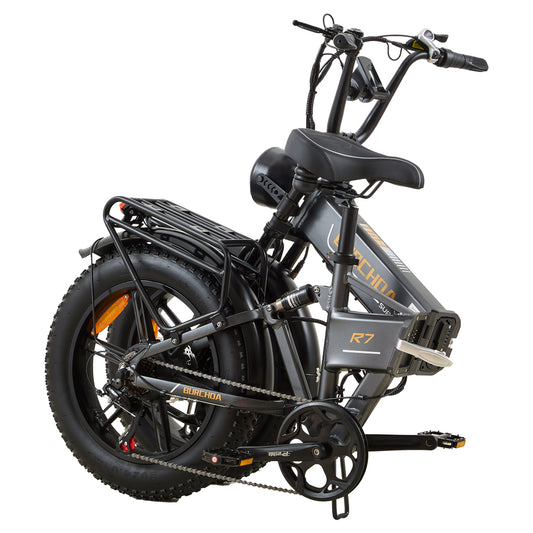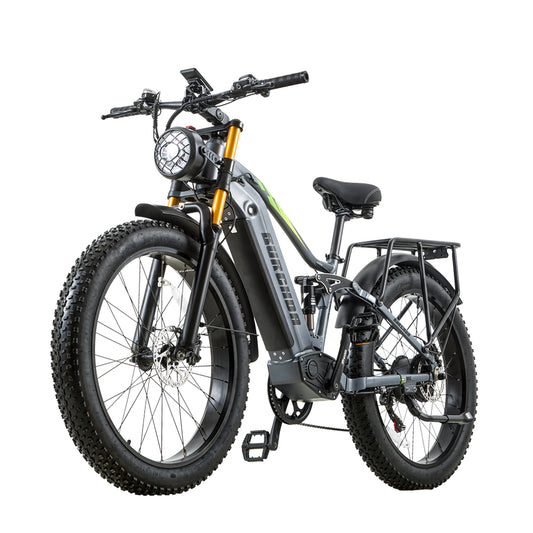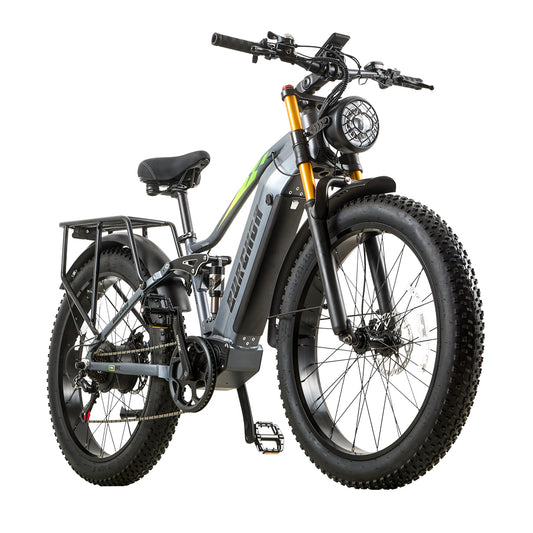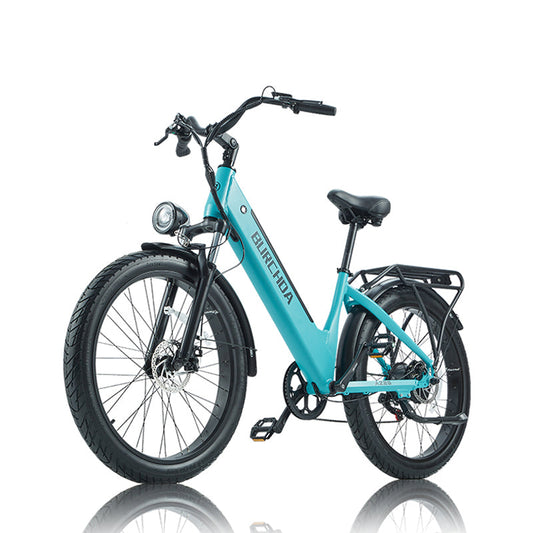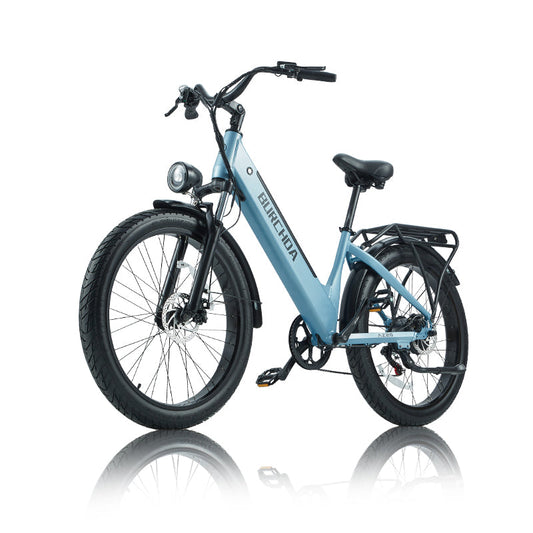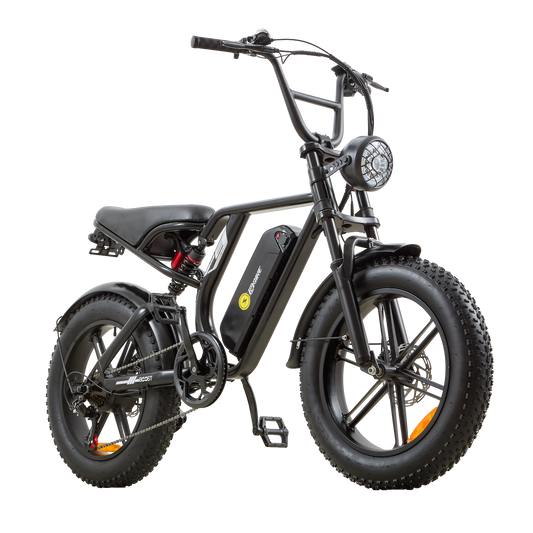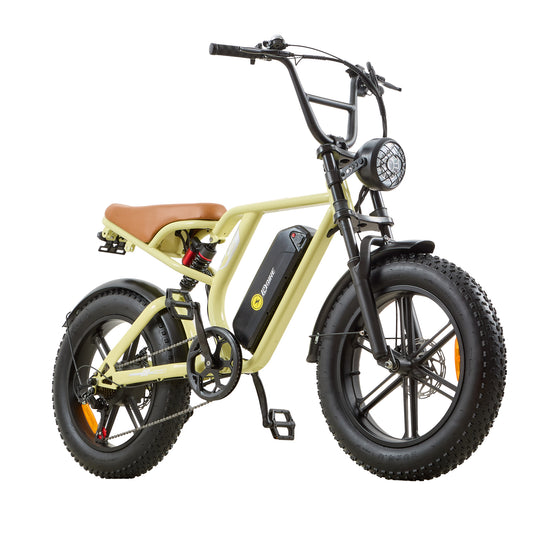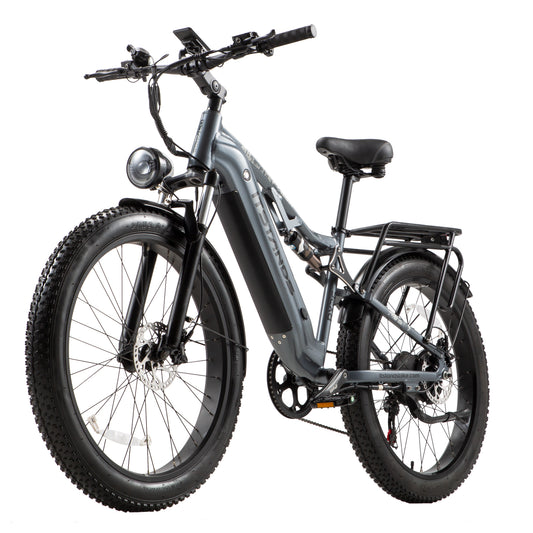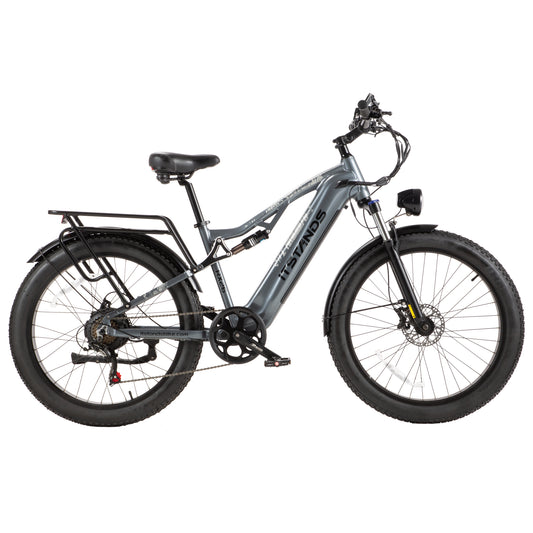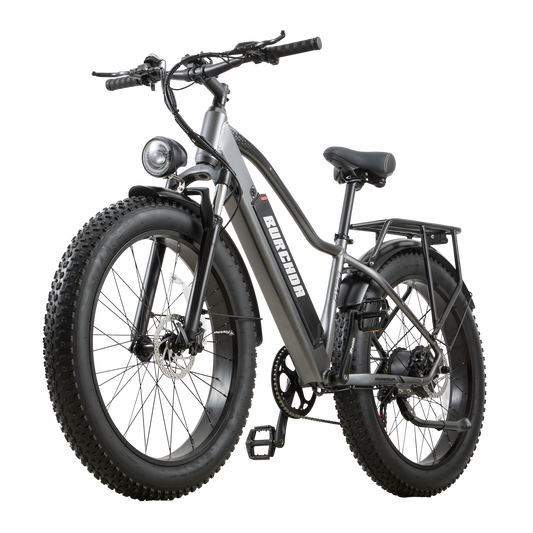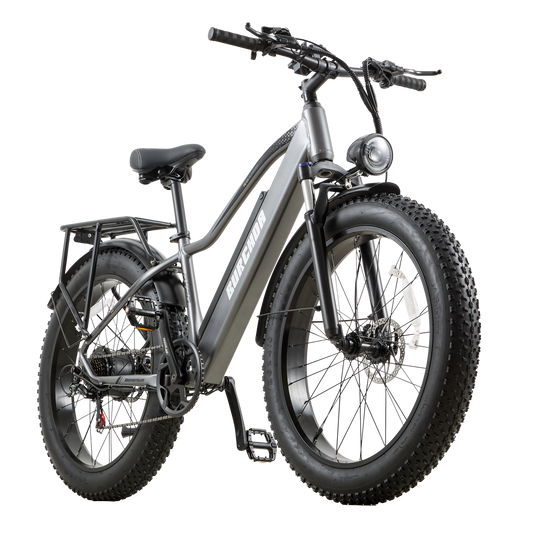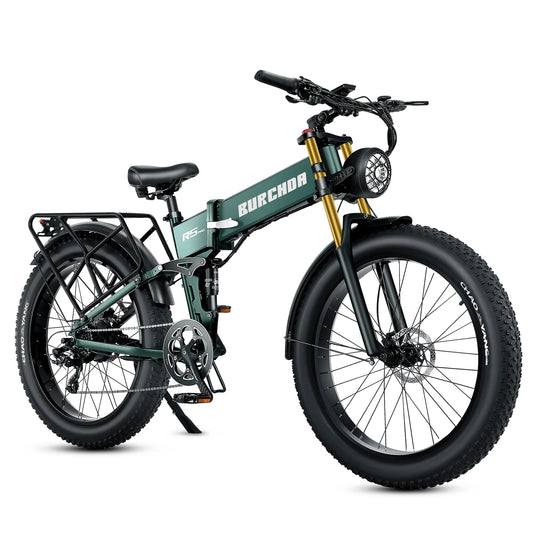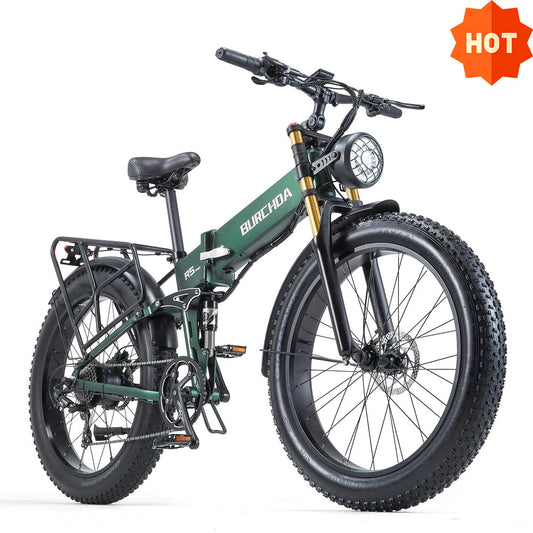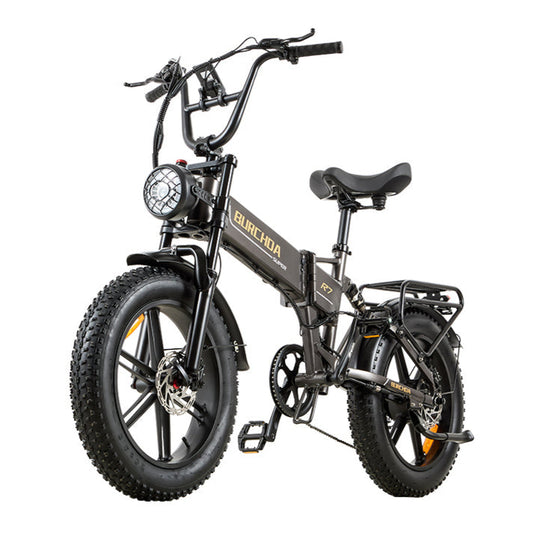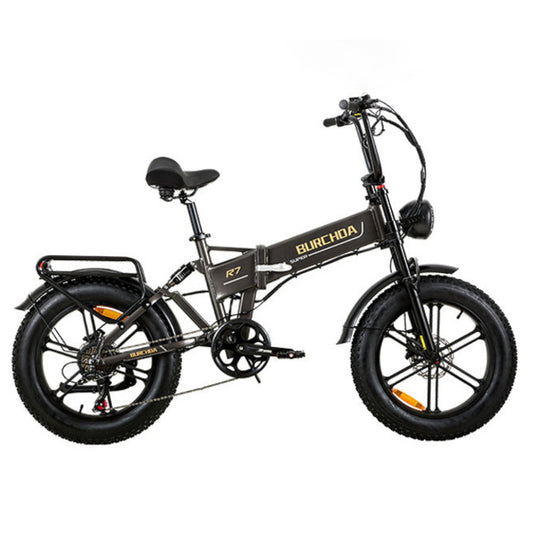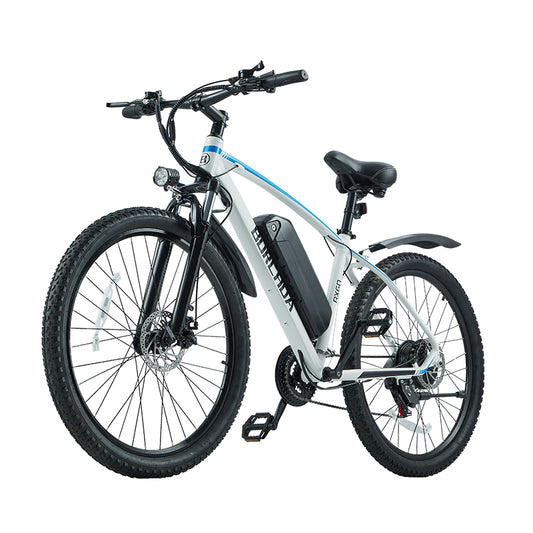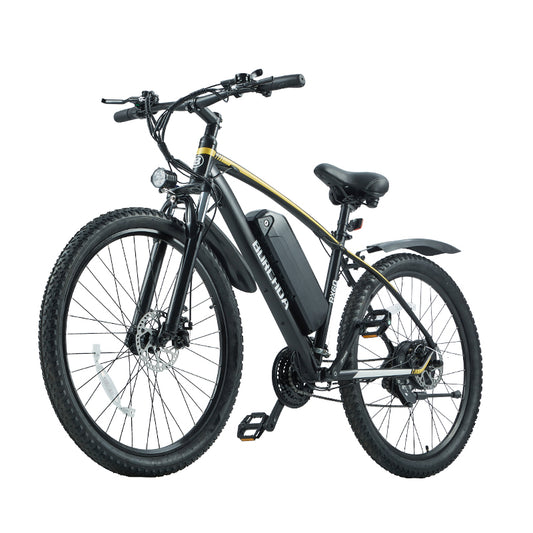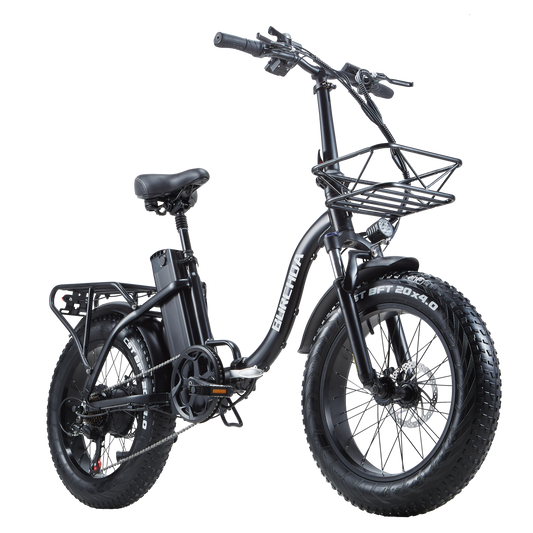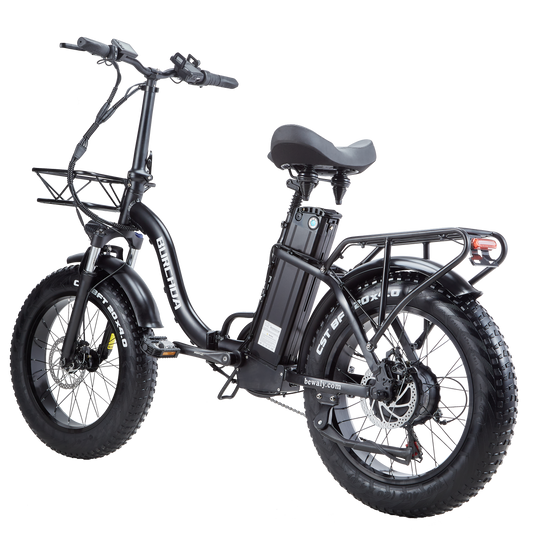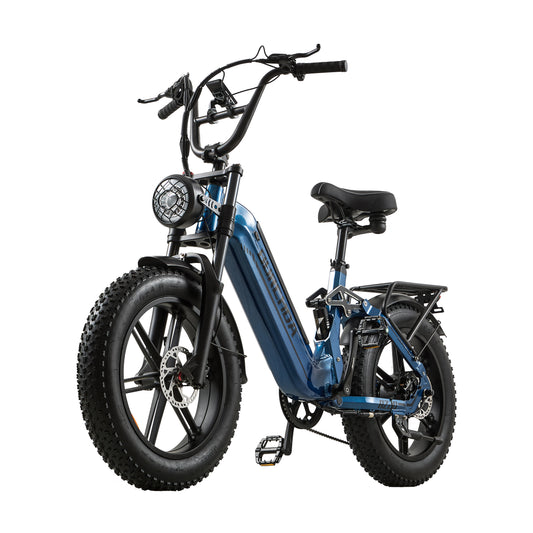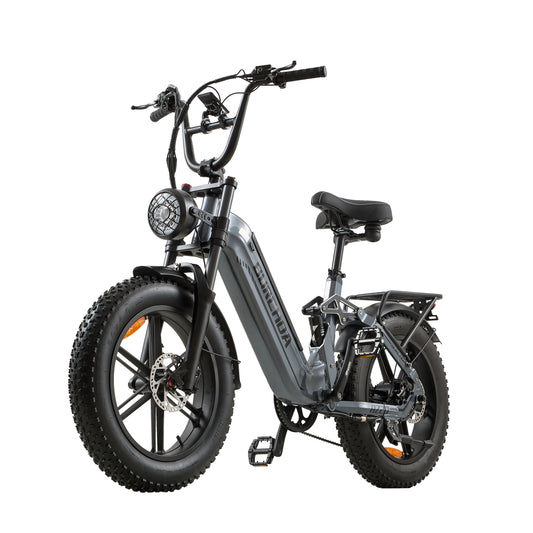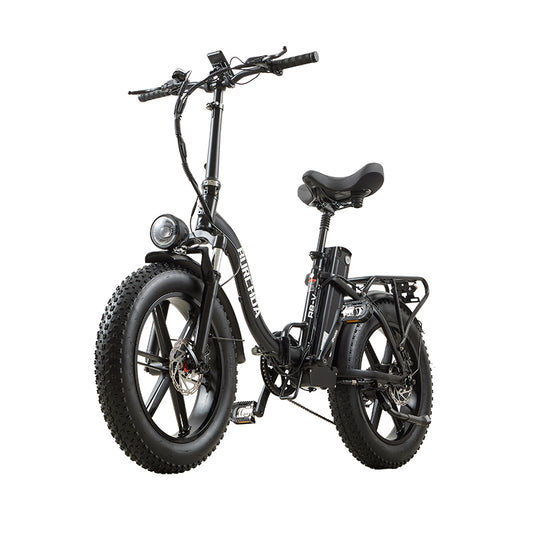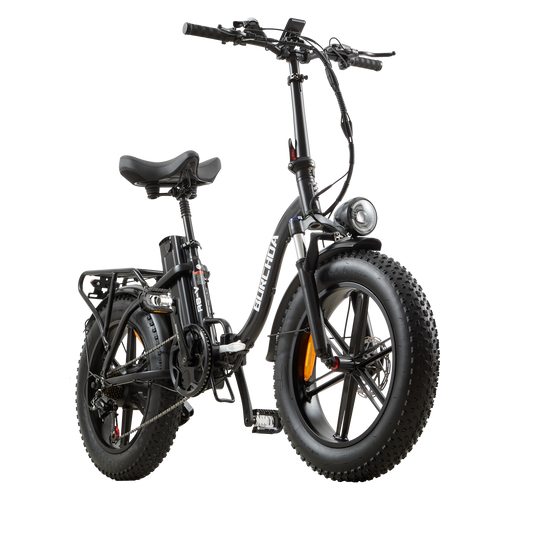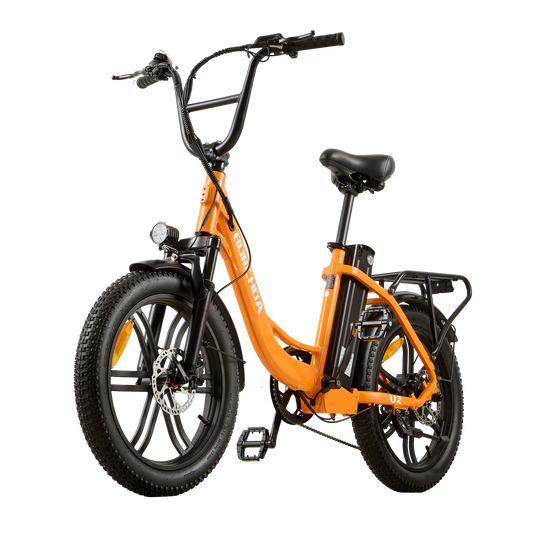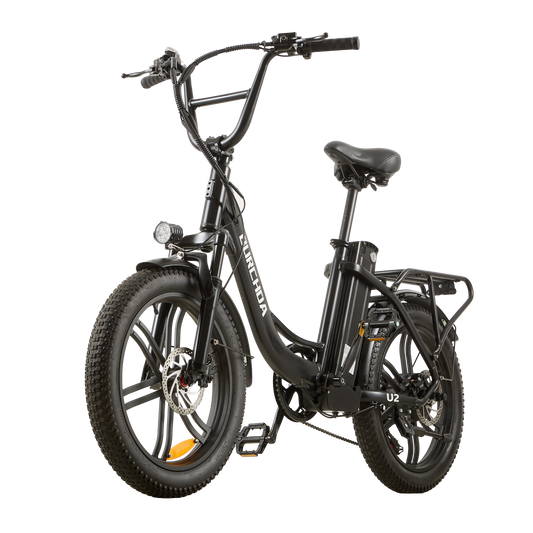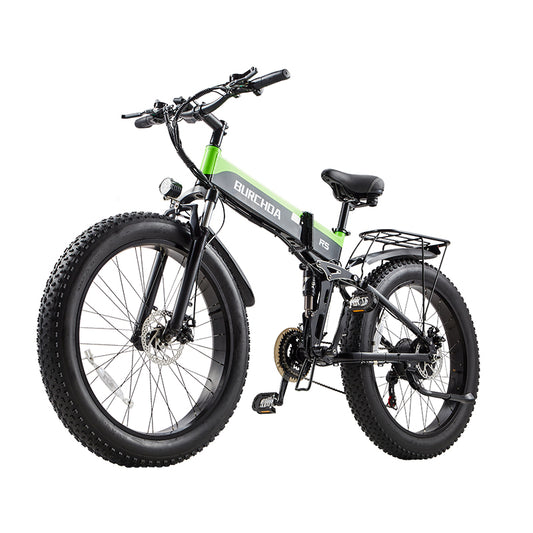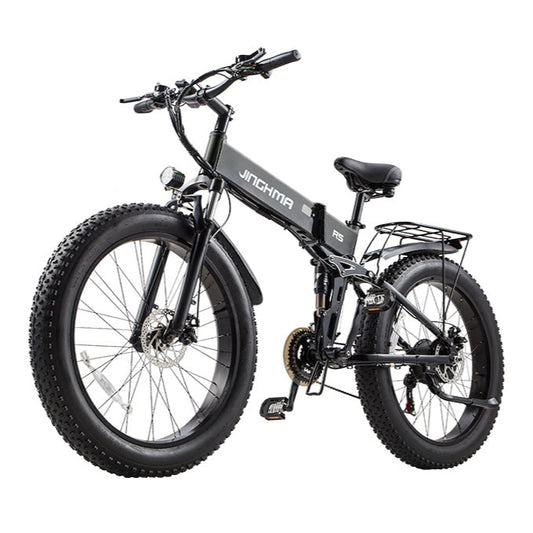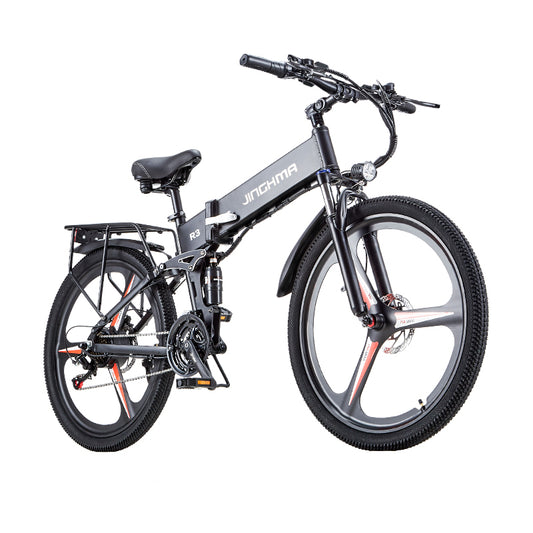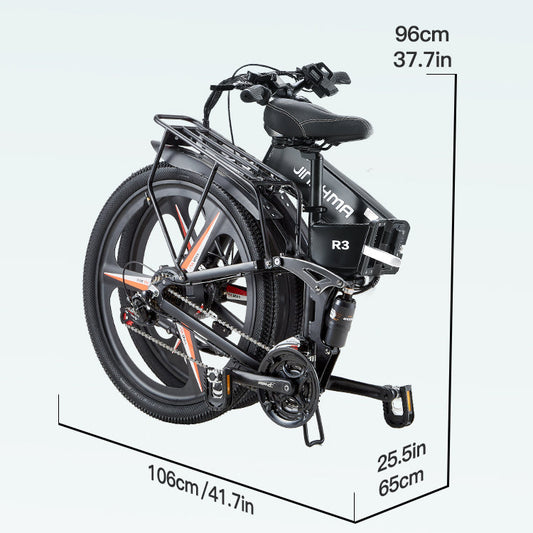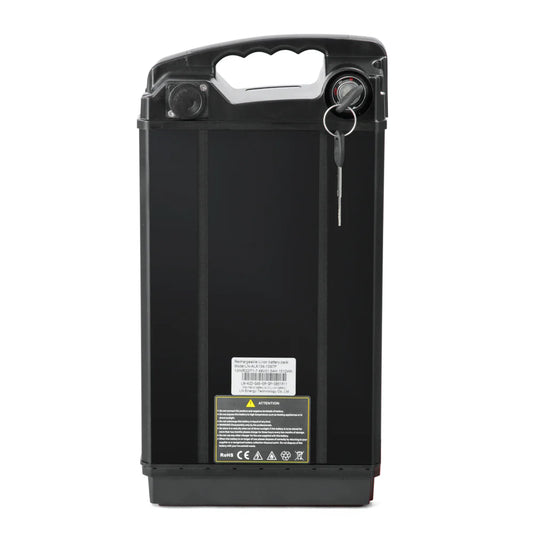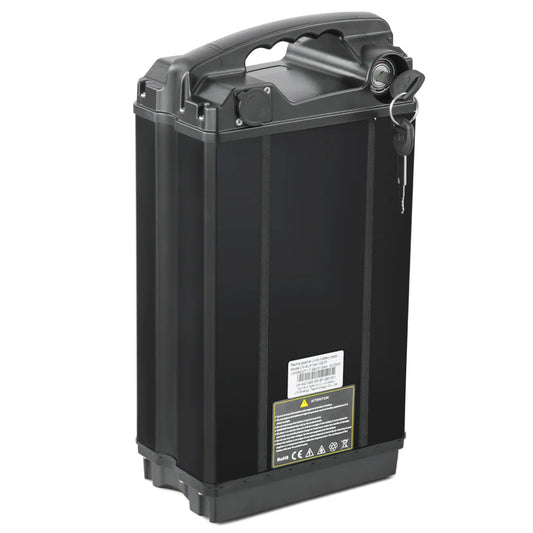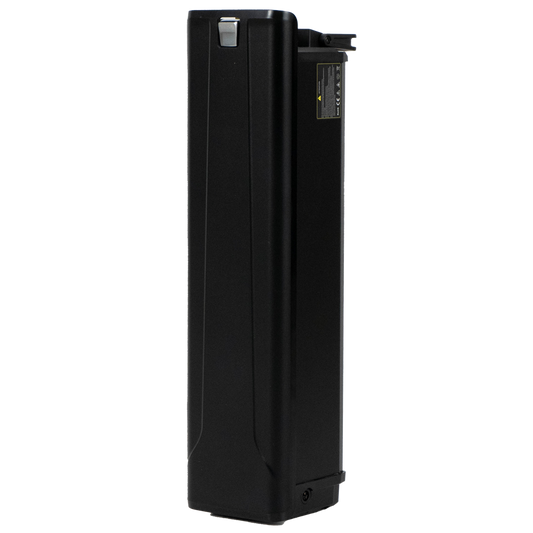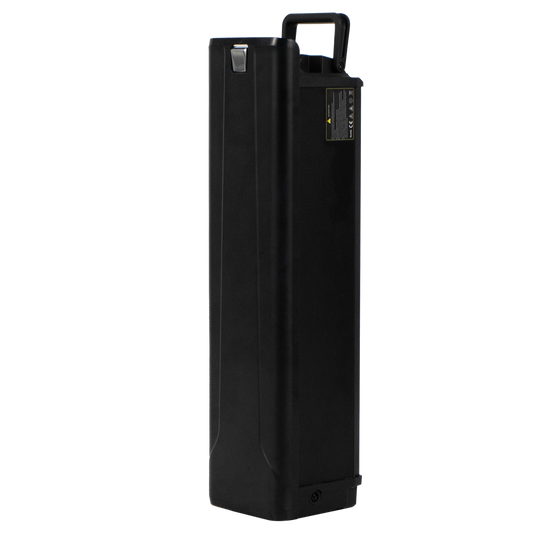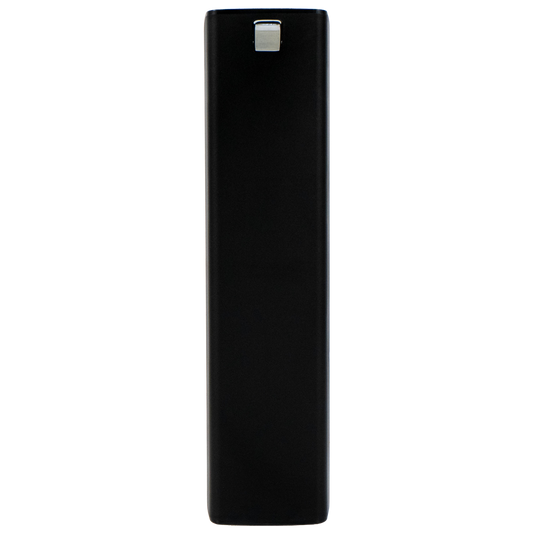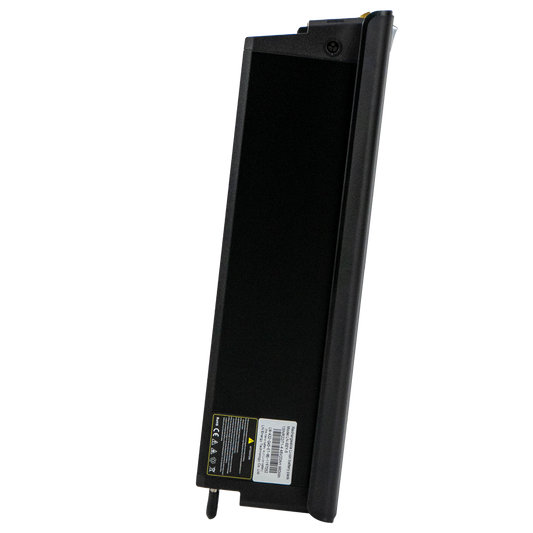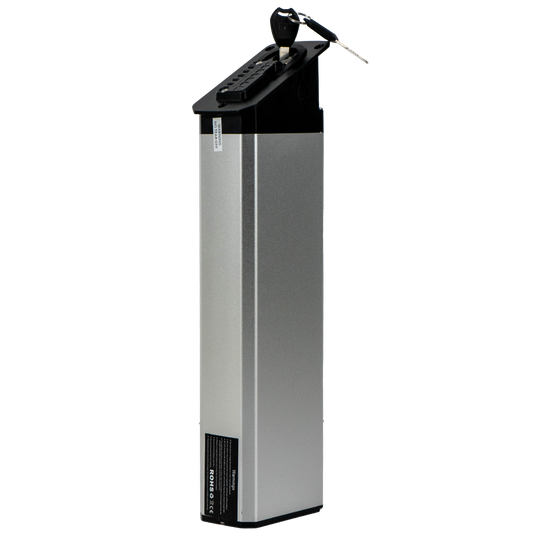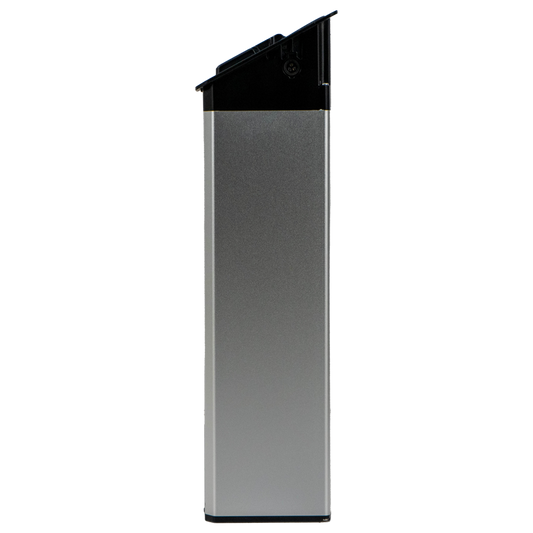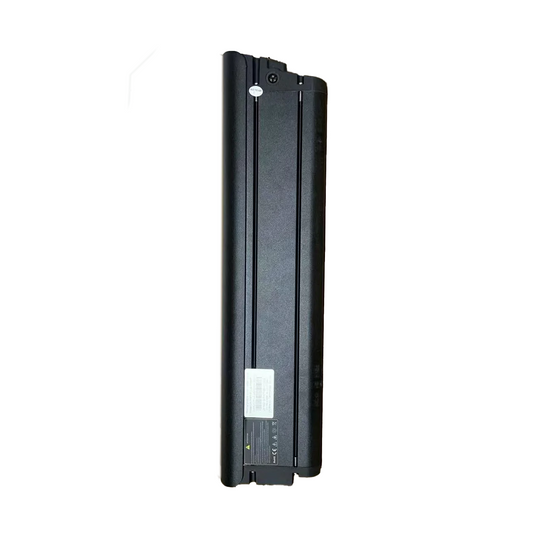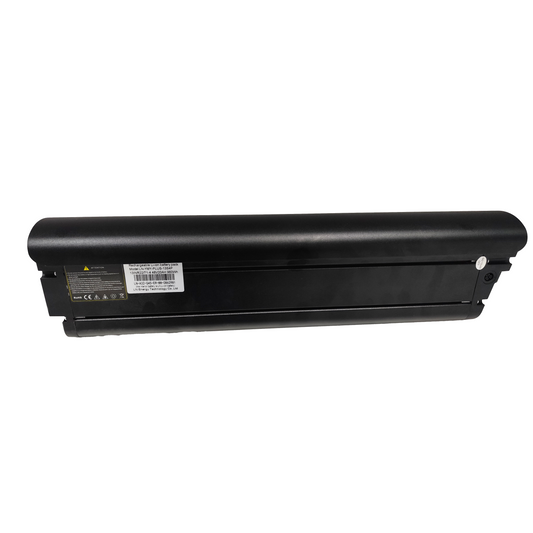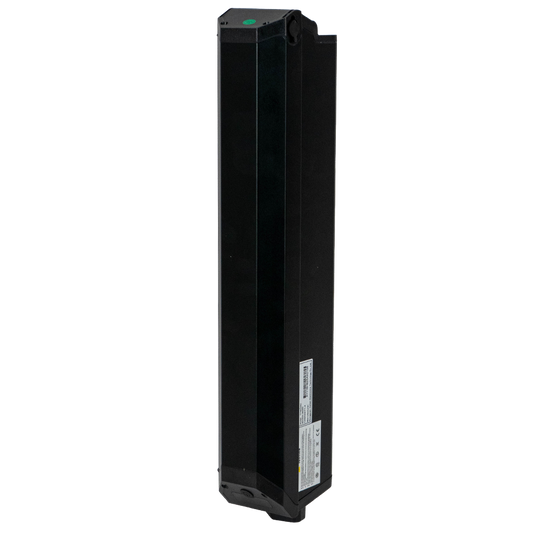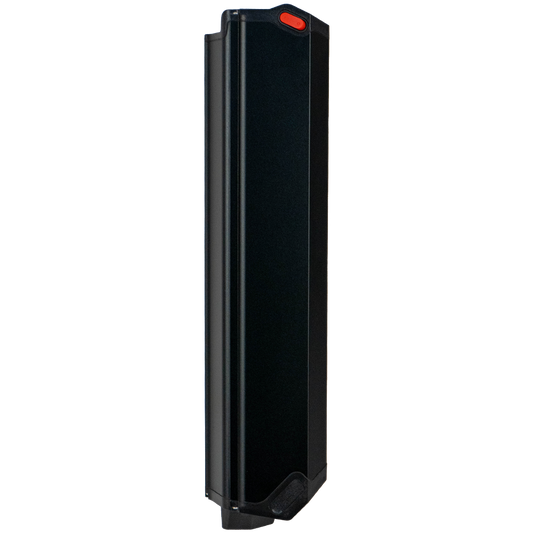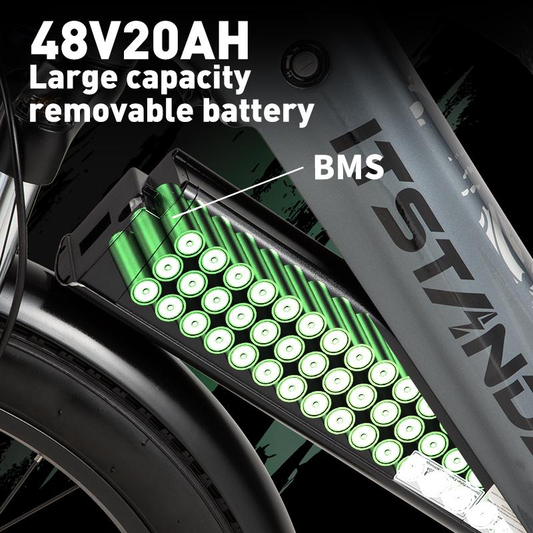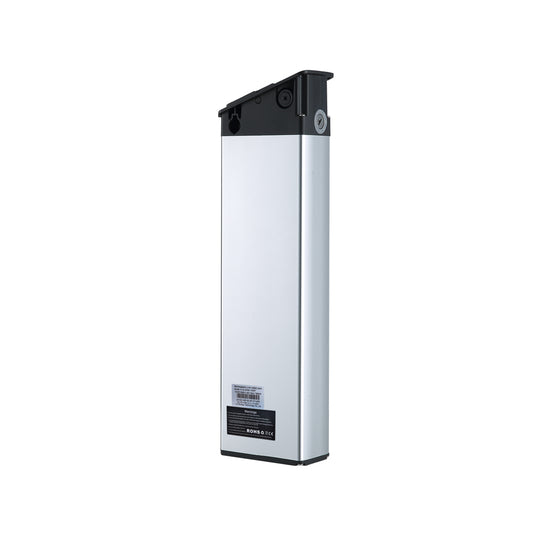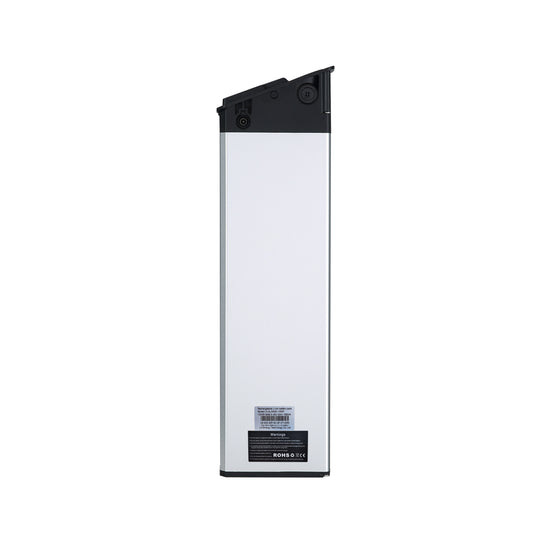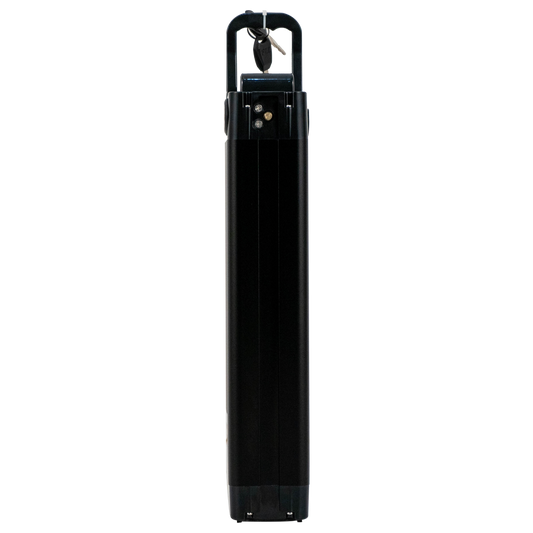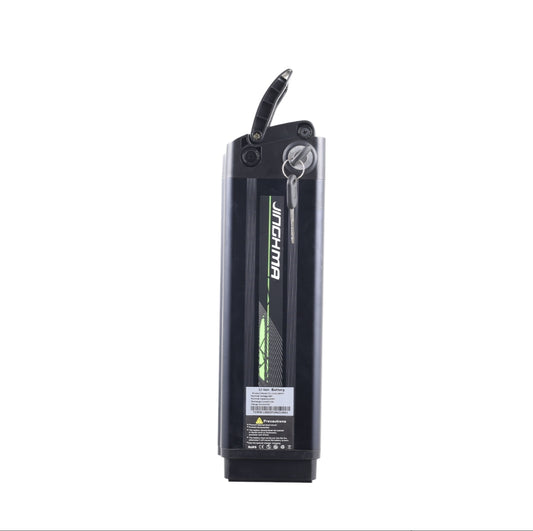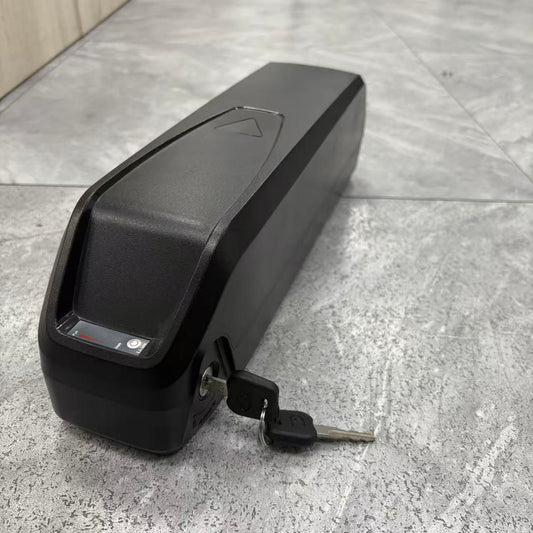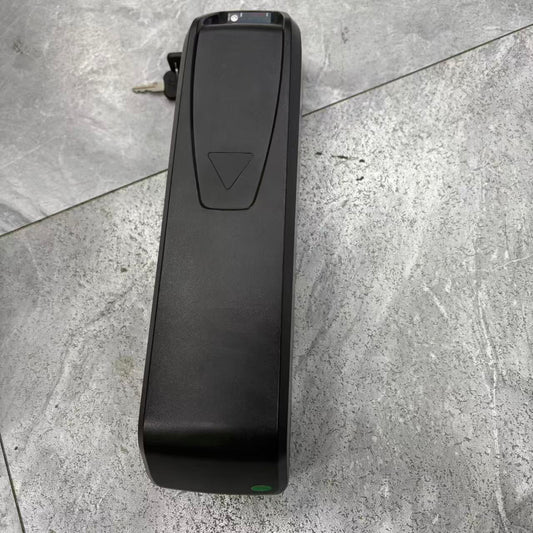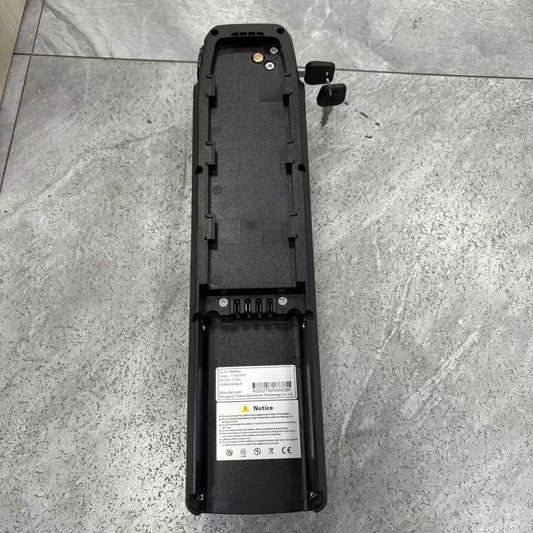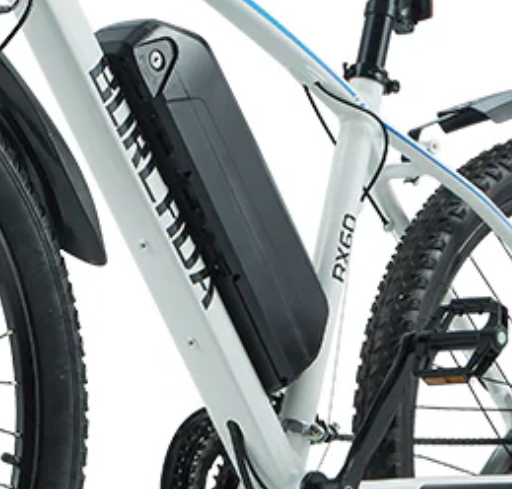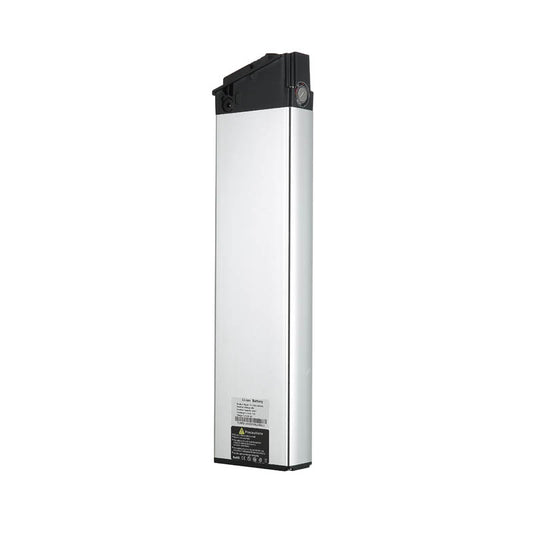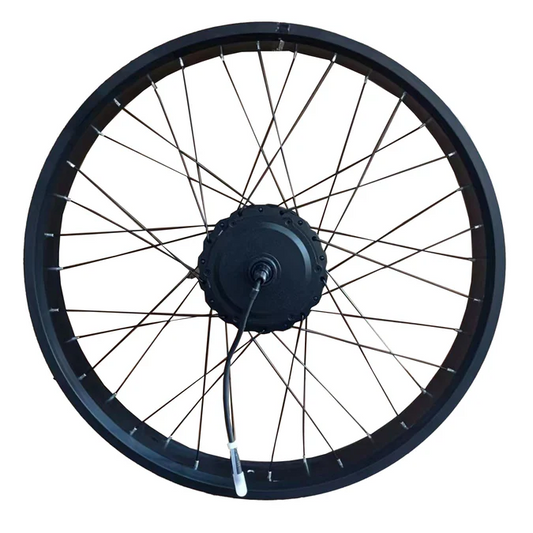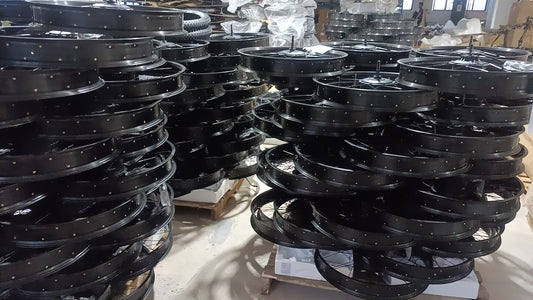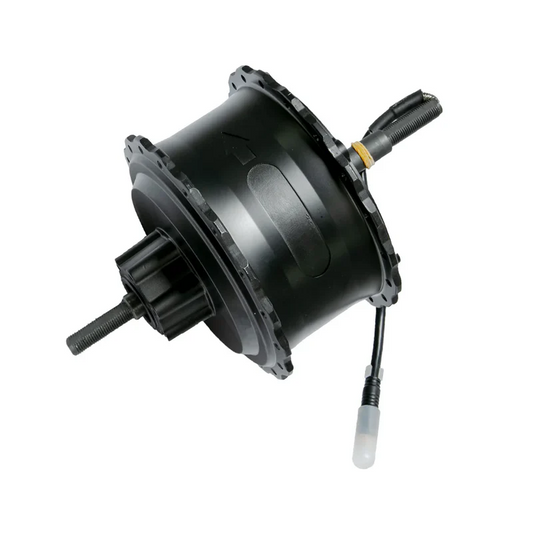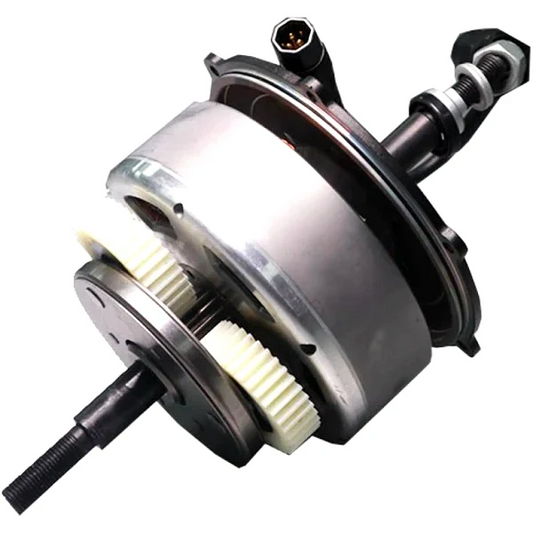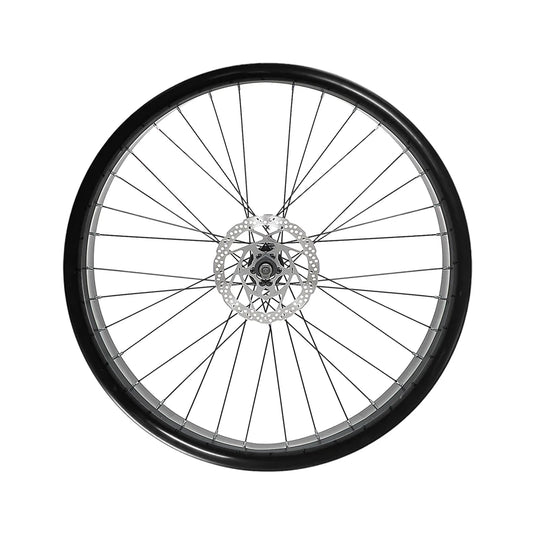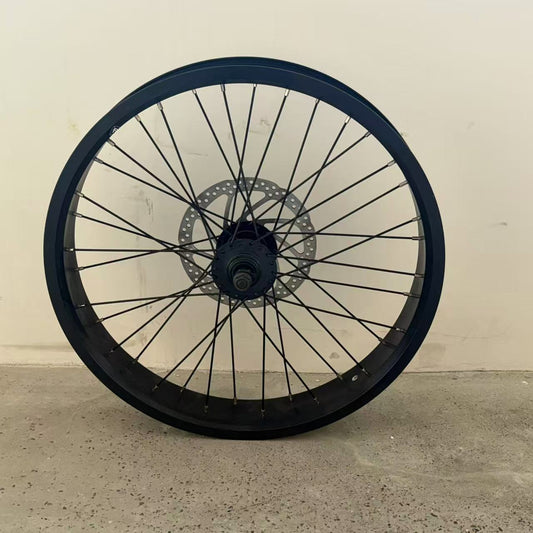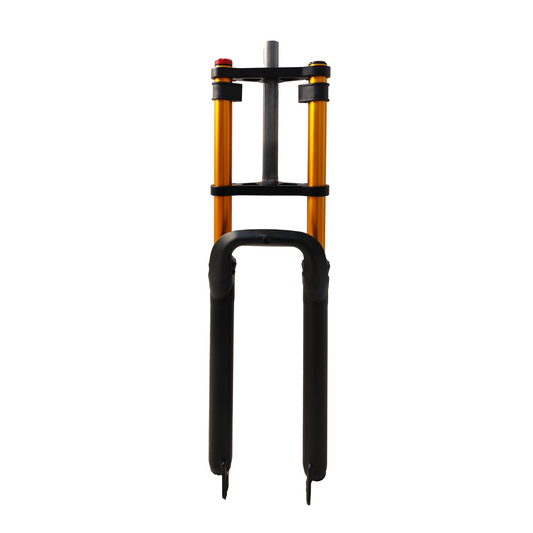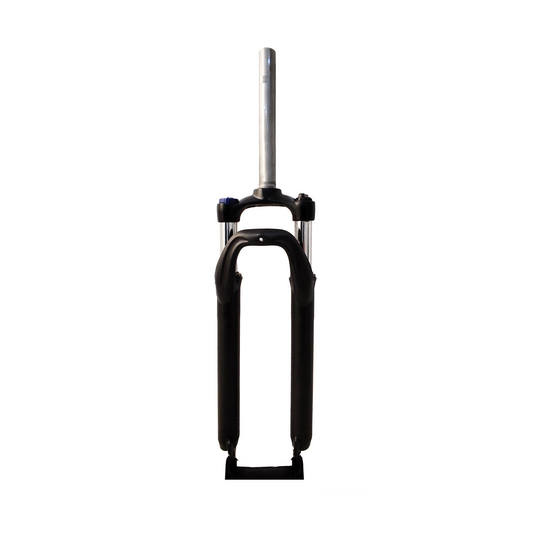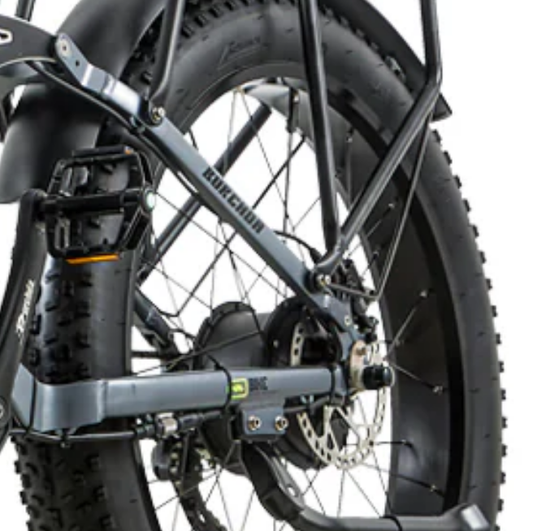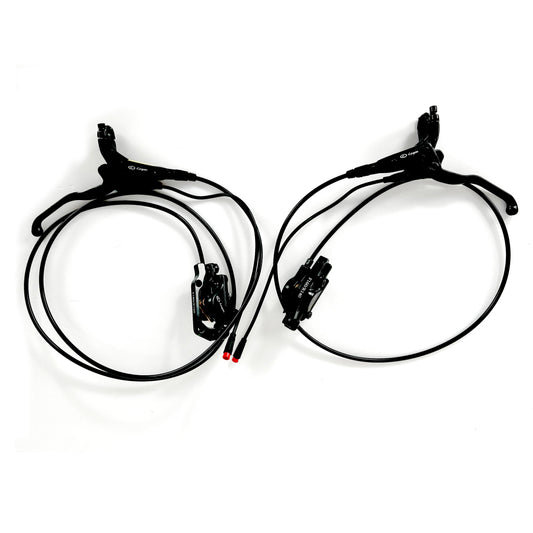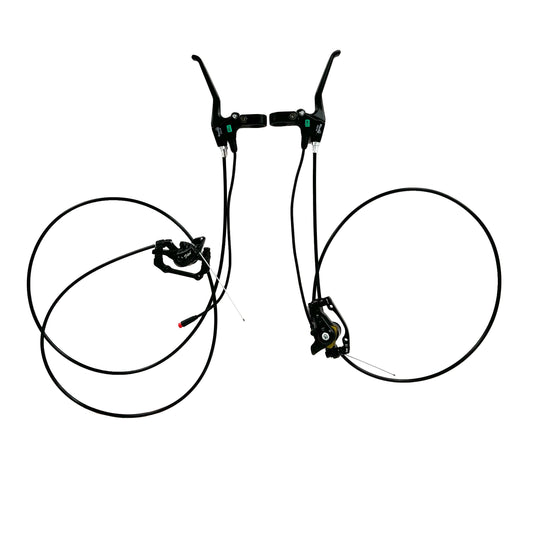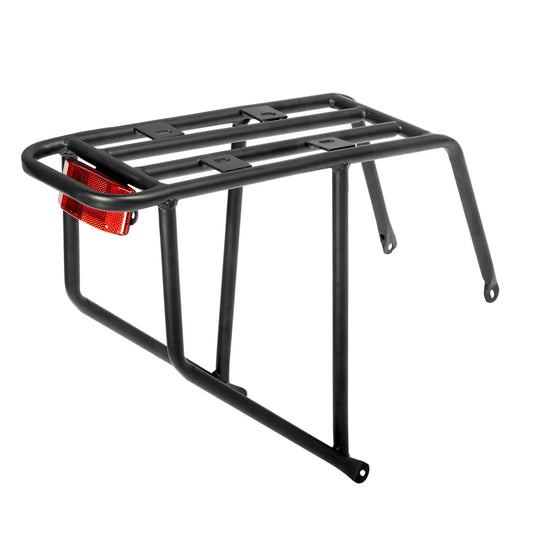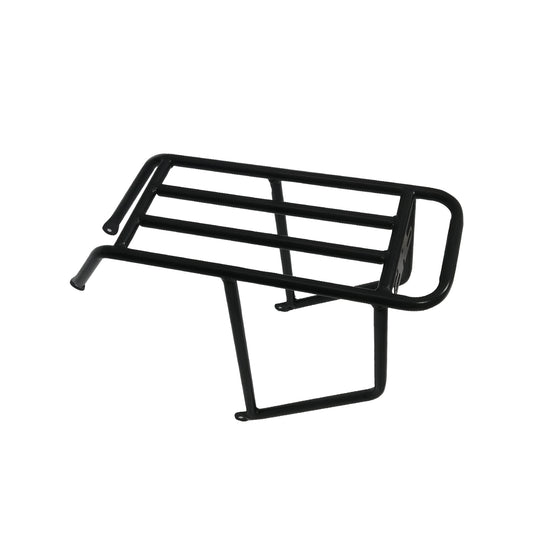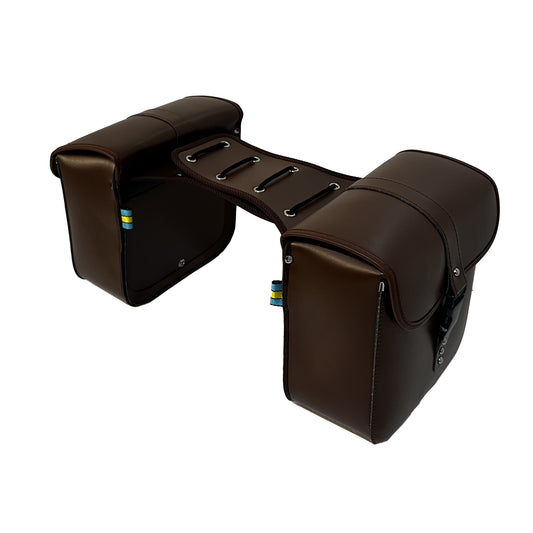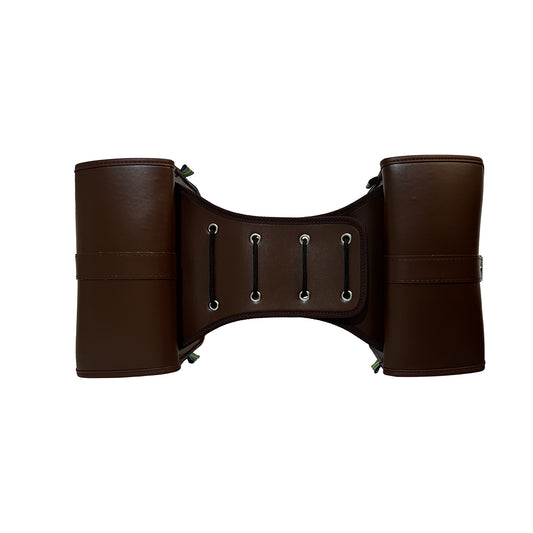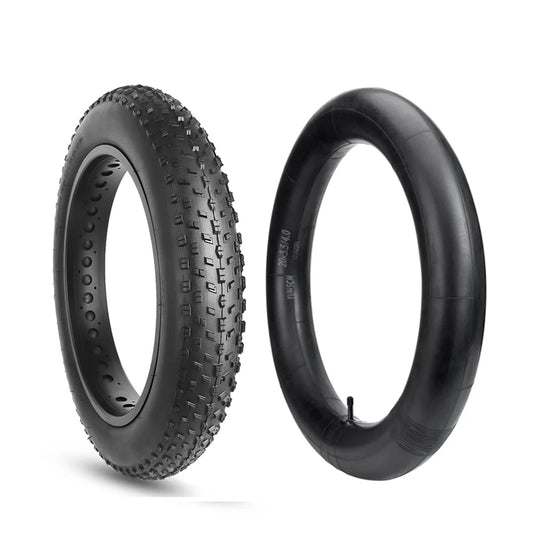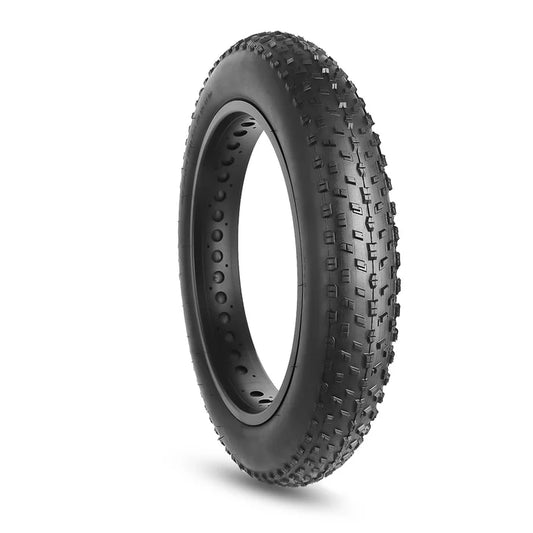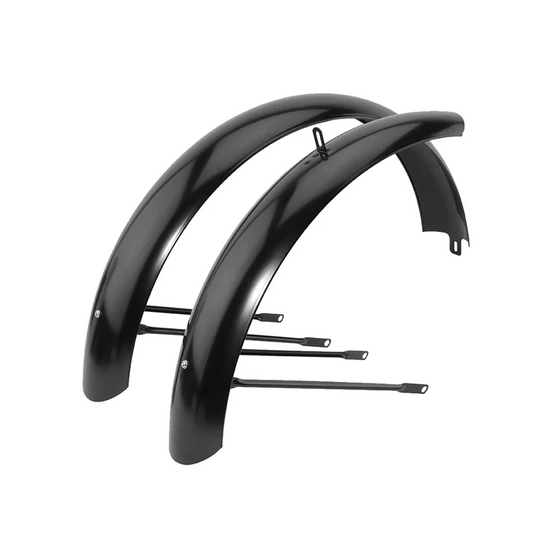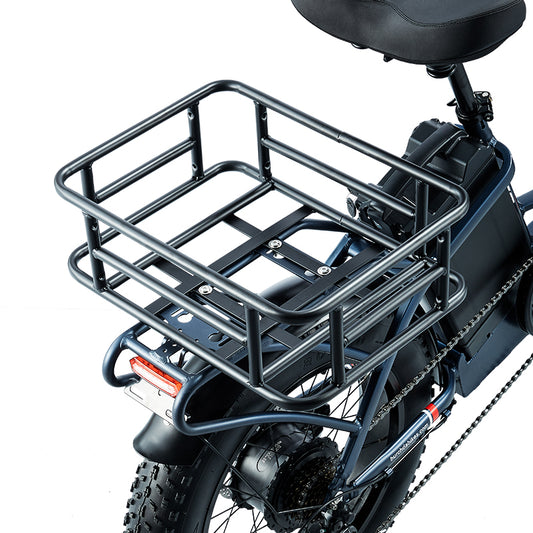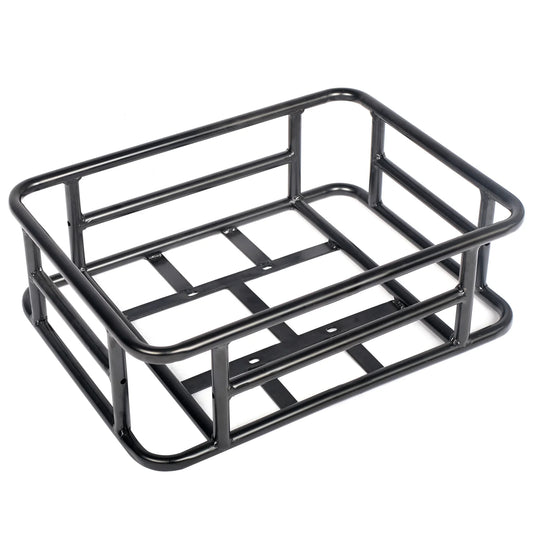We cannot travel without transportation, and in daily life, electric bicycles(E-bikes) appear in everyone's field of vision in various forms, such as power-assisted electric bicycles, mountain electric bicycles, urban commuter electric bicycles, etc. So, do you know the classification of electric bicycles?
Understanding E-Bike Classifications
E-bikes come in different types, mainly:
Pedelecs:
Pedelecs (from pedal electric cycle) or EPAC (electronically power assisted cycle), is a type of low-powered electric bicycle where the rider's pedalling is assisted by a small electric motor.
The rider must pedal to activate the motor. The pedal-assist, i.e. the motorised assistance that only engages when the rider is pedalling, cuts out once 25 km/h (16 mph) is reached, and when the motor produces maximum continuous rated power of not more than 250 W.
Pedelecs are legally classed as bicycles rather than low-powered motorcycles or mopeds.
S-Pedelecs:
S-Pedelecs (short for Schnell-Pedelecs, i.e. Speedy-Pedelecs), These are high-speed pedelecs that can reach speeds of up to 45 km/h (28 mph). S-Pedelec class e-bikes are therefore usually classified as mopeds or motorcycles rather than as bicycles and therefore may (depending on the jurisdiction) need to be registered and insured, the rider may need some sort of driver's license (either car or motorcycle) and motorcycle helmets may have to be worn.
class-3 e-bike
In the United States, many states have adopted S-Pedelecs into the Class 3 category.
E-bikes:
An electric bicycle (e-bike, eBike, etc.) is a motorized bicycle with an integrated electric motor used to assist propulsion. Many kinds of e-bikes are available worldwide, but they generally fall into two broad categories: bikes that assist the rider's pedal-power (i.e. pedelecs) and bikes that add a throttle, integrating moped-style functionality. Both retain the ability to be pedaled by the rider and are therefore not electric motorcycles.
E-bikes use rechargeable batteries and typically are motor-powered up to 25 to 32 km/h (16 to 20 mph). High-powered varieties can often travel more than 45 km/h (28 mph).
Depending on local laws, many e-bikes (e.g., pedelecs) are legally classified as bicycles rather than mopeds or motorcycles. This exempts them from the more stringent laws regarding the certification and operation of more powerful two-wheelers which are often classed as electric motorcycles, such as licensing and mandatory safety equipment. E-bikes can also be defined separately and treated under distinct electric bicycle laws. In UK legislation the vehicles are called electrically assisted pedal cycles (EAPC), in EU legislation electrically power assisted cycles (EPAC).
So,Pedelecs and S-Pedelecs both belong to a subcategory of E-bikes.
Conclusion
E-bikes are legal and popular in many countries for sustainable transportation.
In order to ensure your safety, on public roads, we recommend that you drive at a speed of no more than 25km/h. Our BURCHDA fattire e-bikes can set speed limits to give you more choices and they are becoming more and more popular as a green, environmentally friendly and safe way of travel.


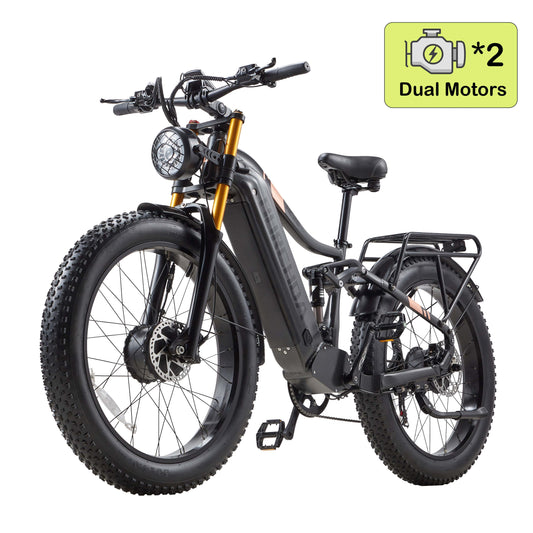
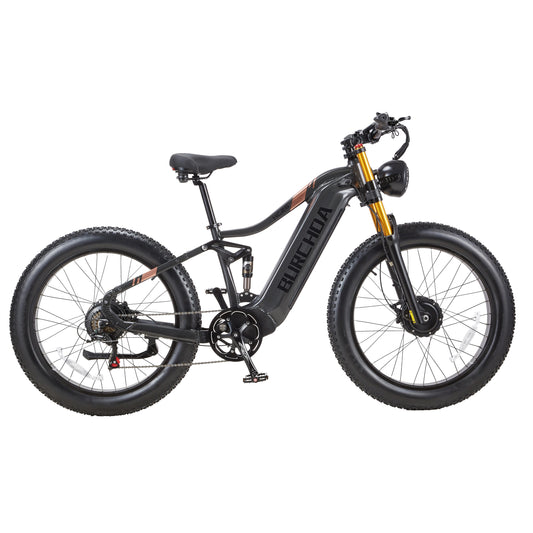




![[Pre-Sale] Burchda RX80 Dual Motor(2025 Upgraded)](http://burchda-official.com/cdn/shop/files/22_d9aa43d3-1ced-4c22-8db1-45ff5f99d433.jpg?v=1747020329&width=533)
